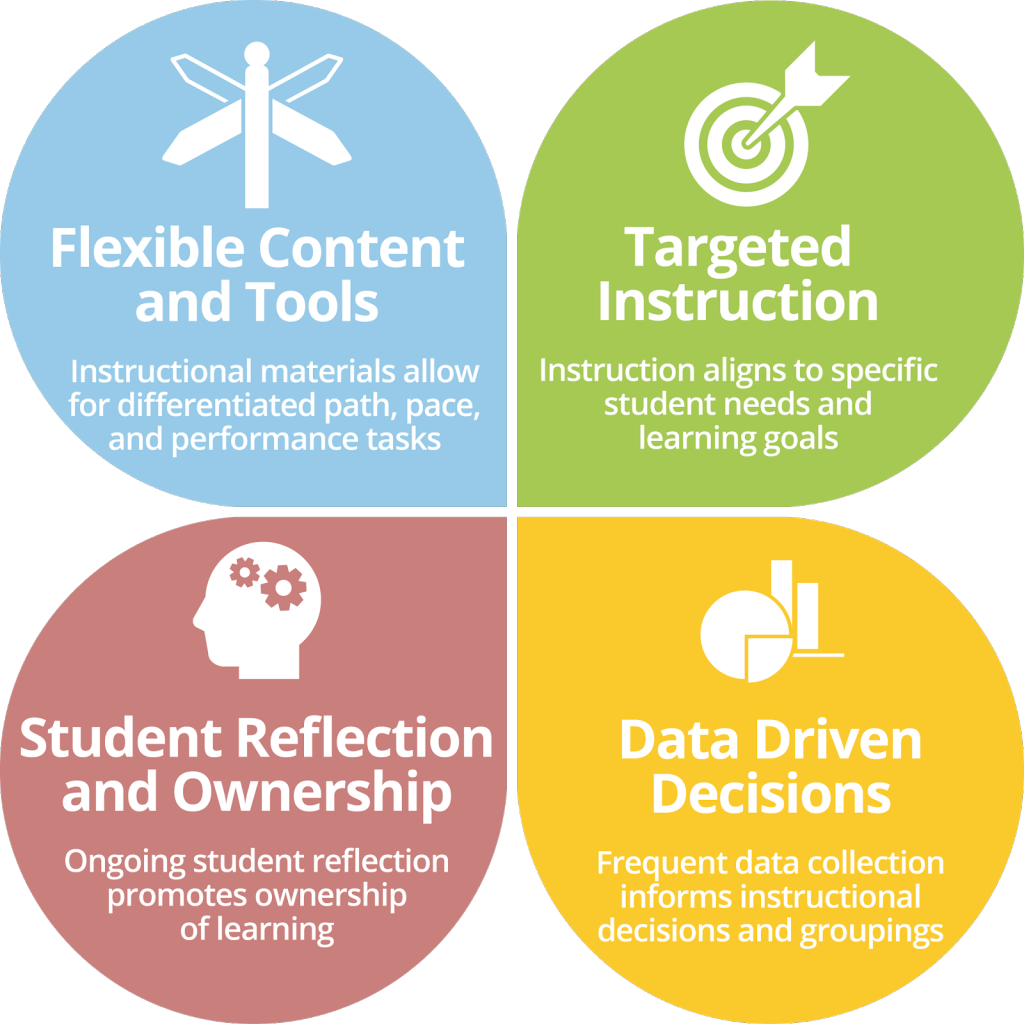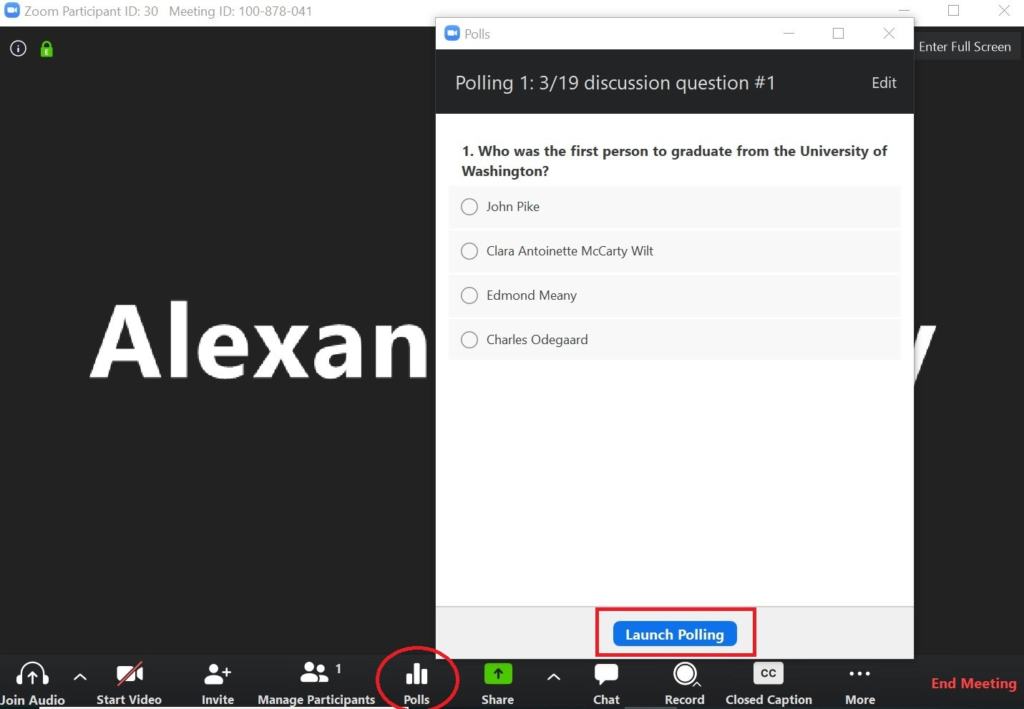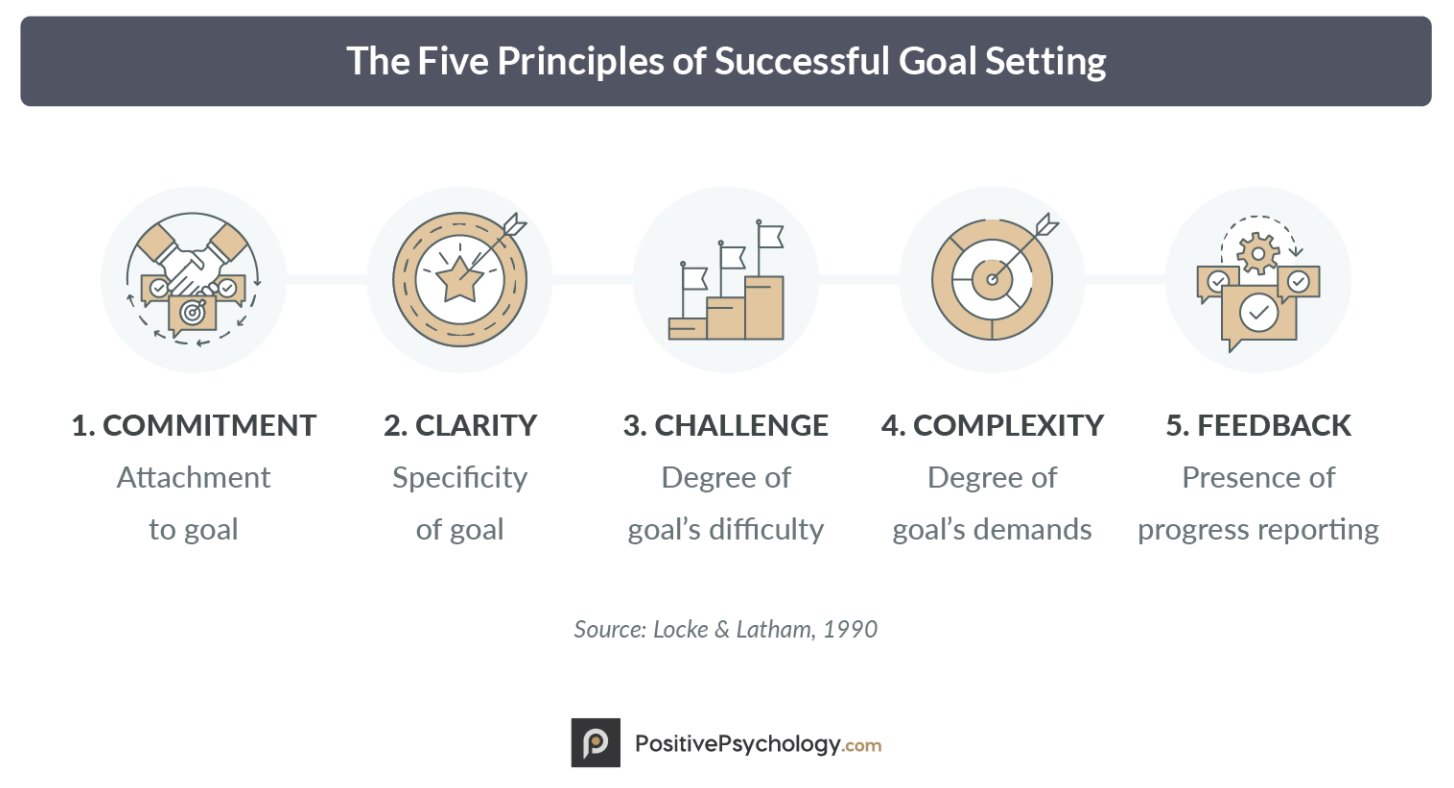Numerous studies about online course student retention have concluded that the average completion rate for Massive Open Online Courses (MOOCs) is only around 15%.
Even the most popular and successful online courses only see a 40% completion rate!
Online courses are often affordable and accessible, so where’s the disconnect?
It’s a question that remains largely unanswered, but some of the most common hypotheses include:
- Lack of support from staff
- Students became too busy and stressed
- Didn’t feel like they were receiving a quality education
- Felt disconnected
- Trouble with technology or getting in touch with advisors
While significant problems to students, these issues have some relatively straightforward fixes from the administrative side. Let’s learn more about these solutions and how to implement them.
5 strategies for improving student retention
From tools to tactics, here are five simple ways to improve both student experience and retention for your online course.
1. Drip campaigns for low attendance
Drip campaigns are a common marketing tactic that involves sending a staggering series of emails to customers who are slipping away from a sales funnel. The logic here, to re-engage someone with your product, can easily translate into the education setting.
However, instead of sending emails when a customer hasn’t interacted with your brand in a while, you can automate emails to send:
- When a student hasn’t logged in to their e-learning portal in a few days
- When a student has missed a lesson or two
- When an assignment hasn’t been submitted
- When virtual office hours are scheduled
- When discussion post activity is low
2. Personalize lesson materials
Students who didn’t feel like they were receiving a quality education may feel that way due to a lack of personalization in the curriculum. Generic lesson plans, however high-quality they may be, are less engaging.
However, studies on personalization have shown that 72% of consumers (yes, even consumers of educational content) only engage with messages and material that are customized to their specific interests.

Personalized learning demonstrates a clear understanding of the needs and goals of each student as an individual. Combined with quality content, an emphasis on personalization can create dramatic outcomes for student performance and retention.
Easy ways to personalize your lesson materials include:
- Polling students to find out what their interests and expectations are for the course
- Dedicate time at the start of a course to getting to know your students
- Encourage regular self-assessments
Related: How To Improve Student Retention Through Personalized Transactional Emails
3. Send SMS reminders
Students dropping out of courses due to communication issues with teachers and advisors is one of the easiest issues to resolve. It’s all about rethinking the way we share information.
Communicating via email is one of the most popular solutions. But did you know that SMS has a 98% open rate compared to just 25% off all emails? Additionally, it takes an average of 90 seconds to respond to a text and 90 minutes to respond to an email!
With 96% of Americans owning a cellphone, it’s not only the fastest but also the most accessible way to reach your students!
Because texting is a two-way communication platform, instructors can both send out mass messages to students and receive their questions and feedback in return!
Learn more about SMS for education here.
4. Provide social interaction opportunities
In addition to courses not being personalized, another big issue to address is the phenomenon of feeling disconnected. Due to the lack of face-to-face instruction, this can be a trickier problem to address for online course creators.
One of the best options is to introduce more social interaction opportunities into your virtual classroom. A study conducted by the program Aloha (Active Learning Office Hours and Assignments) found that students who participated in their interactive group activities scored a final exam grade nine percentage points higher than students who weren’t required to participate in the program.
Ideas for virtual social interaction include:
- Virtual office hours
- Breakout discussion groups
- Group project opportunities
- Mid-lesson polling
- Encourage virtual hand-raising

5. Encourage instructors to work goal-setting into the syllabus
Creating a way to encourage students throughout the duration of the course can dramatically cut down on dropouts.
An easy way to do this is to carve out time for instructors and students to set individual goals at the start of a course. These goals can be checked on periodically to encourage students along. By nature, having something to work towards will make it more likely for students to follow through.
Feeling supported with these goals can also dramatically cut down on student stress levels, another key reason online retention can be low.
A perfect example of this strategy in action comes from DePaul University. They offer a voluntary questionnaire to students mid-quarter to gauge their stress levels. Students who indicate low stress levels are sent time management resources or study tips. Students who indicate medium stress levels are referred to peer mentoring or counseling programs. And students who indicate the highest stress levels receive a phone call from their instructor within a few days of submitting the survey, followed by personal support.
When this system was evaluated in a study by EAB, almost all the students reported feeling they had the resources required to complete the course.

Online and distance learning shouldn’t spell out a death sentence for your class retention rates. With these tips in mind along with the right tools, you’re sure to see your completion rates rise!






